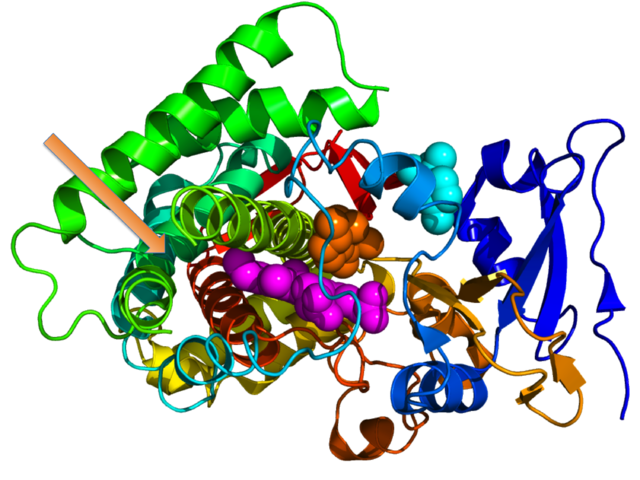News
January 28, 2015
By Nuritas
Moonlighting Proteins – Nature’s Ingenuity

By: Meaghan Lee-Erlandsen and Dr. Nora Khaldi on 28 January 2015
Proteins are essential to our existence, survival, and function. They are a part of every species and perform an array of activities from carrying signals throughout the body to building muscle. Interestingly, proteins also interact with one another, or with other types of molecules, in a very similar manner to humans and, as with human social interactions, these relationships can be simple or complex, truly depending on the nature of the protein.
Indeed, contingent upon the simplicity or complexity of the relationships proteins have with each other or other molecules, proteins can have a singular function or, in some cases, two or more very different functionalities. Proteins with two or more different functionalities are known as moonlighting proteins.
or, in some cases, two or more very different functionalities. Proteins with two or more different functionalities are known as moonlighting proteins.
Due to their multi-functional capabilities, it is reasonable to hypothesis that moonlighting proteins are very important and it is thus vital that these moonlighting proteins are able to be recognized and studied for further understanding of their capabilities and effects within different species. Unfortunately, it has been very hard to find cues that indicate if a protein is a moonlighting protein or not, until now.
Professor Daisuke Kihara has kindly summarised his and his co-author’s research paper entitled “Genome-scale Identification and Characterization of Moonlighting Proteins” [1]. In this publication the authors investigate the issue of identifying the moonlighting proteins and have created a computational framework by integrating different data to predict these important proteins [1].
![]() Moonlighting proteins, proteins which have two or more independent functions, have drawn an increasing attention as more and more such examples have been discovered in recent years. However, the number of known moonlighting proteins is still not large enough to elucidate the overall landscape of their functional diversity. In this work, my co-authors and I have developed a framework for finding moonlighting proteins in a genome scale. My co-authors and I further identified functional characteristics of these proteins in different proteomic aspects.
Moonlighting proteins, proteins which have two or more independent functions, have drawn an increasing attention as more and more such examples have been discovered in recent years. However, the number of known moonlighting proteins is still not large enough to elucidate the overall landscape of their functional diversity. In this work, my co-authors and I have developed a framework for finding moonlighting proteins in a genome scale. My co-authors and I further identified functional characteristics of these proteins in different proteomic aspects.

Since the systematic study of moonlighting proteins is still in an early stage, most of the cases are not explicitly labelled in public databases, such as UniProt, as “moonlighting”, “dual function”, or related words, which makes it difficult to collect and reuse existing knowledge of moonlighting proteins. Therefore, my co-authors and I first analyzed the Gene Ontology (GO) terms assigned to known moonlighting proteins and found that GO terms can be clearly clustered into separate groups reflecting diverse functions of these proteins. We further analyzed the GO term annotations of all protein genes in the Escherichia coli K-12 genome and found 33 novel moonlighting proteins by identifying genes with clear GO term separations followed by literature survey. Next, my co-authors and I analyzed moonlighting proteins based on protein-protein interaction, gene expression, phylogenetic profile, and genetic interaction networks and found that they have a higher number of interacting partners of distinct functions than non-moonlighting proteins in these networks. Finally, we investigated structural characteristics of moonlighting proteins, i.e. ligand binding sites and intrinsic disordered regions.
The characteristics of known moonlighting proteins found in this work form foundation for identifying new moonlighting proteins in a genome-scale and open up a new opportunity to investigate the multi-functional nature of proteins at a systems level. ![]()
The importance of systematically identifying and studying proteins will ensure that these proteins are not only quickly and efficiently mapped but also that the diversity of functionality is effectively identified and understood. We at Nuritas™, look forward to the evolution of this work and the further identification and understanding of these incredible multi-functional proteins that are so very integral to our lives.





 Previous
Previous
